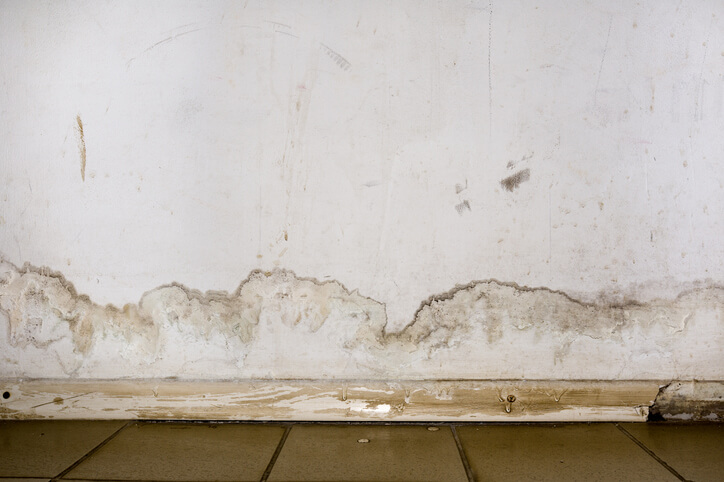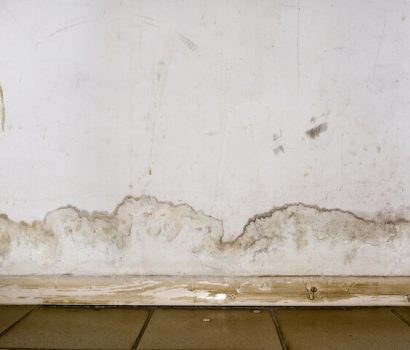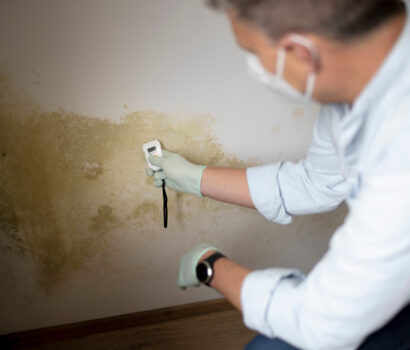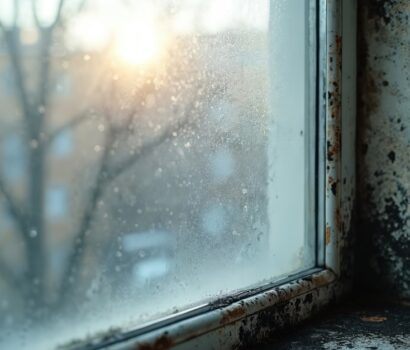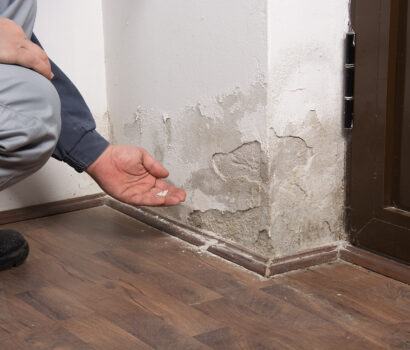If you’ve had a leak, burst pipe, or basement seepage, the clock starts now. Mold can establish in as little as 24–48 hours. Your two goals are simple: dry fast and control humidity (ideally ≤50% RH) so you stop mold before it starts.
The 24–48 Hour Checklist for Mold Prevention
- Stop the source: Shut off water, repair the leak, and protect electrical hazards.
- Extract standing water: Use mops/wet-dry vacs. Elevate furniture and remove area rugs.
- Create airflow: Open interior doors. Run fans to move air across wet surfaces. (Exhaust to exterior when possible.)
- Dehumidify aggressively: Aim for indoor relative humidity ≤50%. Monitor with a hygrometer.
- Triage materials quickly.
- Non-porous (tile, metal, sealed wood): clean and dry.
- Porous (carpet pad, saturated drywall, insulation): remove/replace if wet or moldy.
- Assume growth if you miss the window. If materials stay wet >48 hours, plan for remediation.
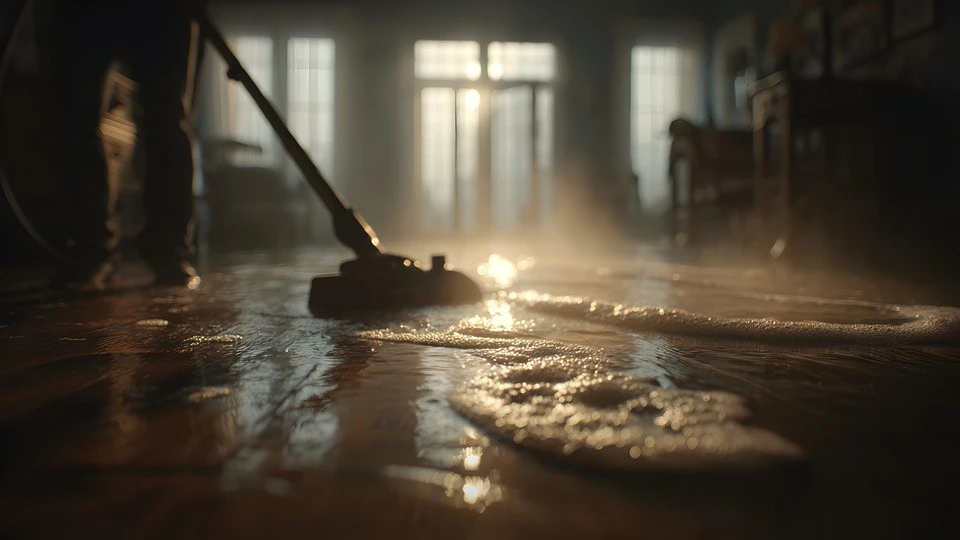
What to Clean vs What to Discard
- Cleanable (non-porous): Wipe with detergent and water. Rinse and dry thoroughly. Wear PPE like gloves, goggles, N-95.
- Questionable (semi-porous): Subfloors, trim, and framing may be salvageable if dried quickly and surface growth is removed.
- Discard (porous & saturated): Carpet pad, insulation, and drywall that stayed wet or show visible growth.
- Never paint over wet or moldy surfaces. Fix moisture and remove growth first.
Testing vs Inspection: Do You Really Need a Mold Test?
Short answer: Not usually if mold is visible. The EPA says a mold test is usually unnecessary when you can see the mold, and there are no federal “safe number” limits to pass or fail typical air tests. Focus on fixing moisture and proper removal first.
When testing helps:
- Hidden sources (odor but no visible growth)
- Post-remediation clearance to document results
- Real estate or litigation documentation
- Sensitive occupants (immunocompromised, asthma)
If you do test, insist on: an independent professional, outdoor control samples, and lab methods aligned with AIHA/ACGIH guidance.
Mt. Lebanon Example: Basement Backup After a Summer Thunderstorm
In Mt. Lebanon’s South Hills neighborhoods, fast-moving summer storms can overwhelm drains and push water into older basements. Here’s how we helped them clean up after water damage and prevent bigger issues:
- Safety & source first: Cut power to the affected area if needed. If you suspect a sanitary sewer backup, contact Mt. Lebanon Public Works to check the municipal line, then coordinate a licensed plumber as needed.
- Water out, airflow in: Extract standing water, elevate furnishings, and open interior doors. Run fans to move air across wet surfaces and dehumidifiers to keep RH ≤50%. Track with a hygrometer.
- Triage materials quickly: Bag and discard saturated porous items (carpet pad, insulation, water-wicked drywall). For drywall that wicked moisture, make a 12–24 in flood cut. Remove any wet insulation behind it.
- Clean what’s cleanable: On non-porous surfaces (tile, metal, sealed wood), use detergent and water. Rinse and dry. Don’t paint over damp or moldy areas.
- Know when DIY stops: Call a pro if the area is >10 sq ft, musty odors persist, materials stayed wet >48 hours, or the water was contaminated.
- Prevent the next one: After drying, consider downspout extensions, grading checks, and a backwater valve review before the next storm cycle.
Are you in Mt. Lebanon? Get a free local inspection and rapid drying/remediation help.
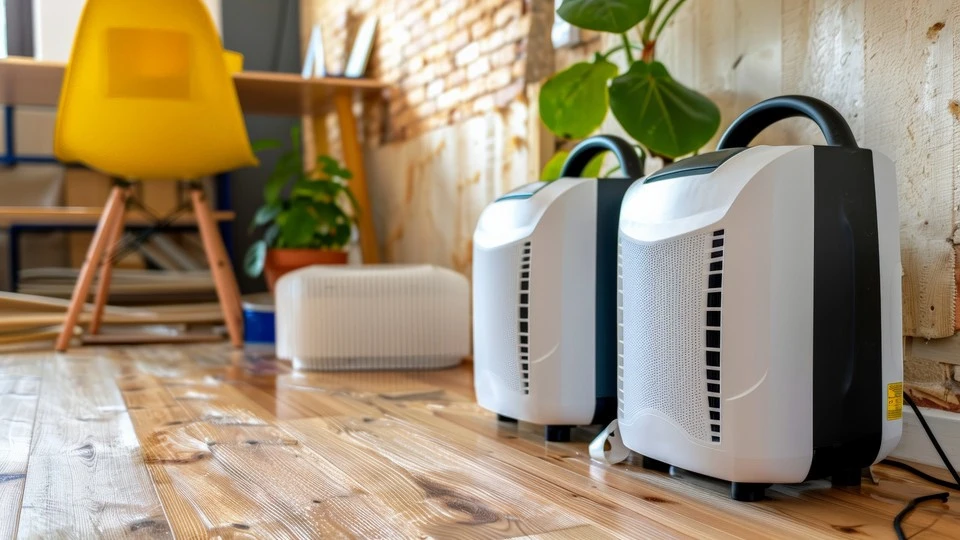
Act Fast, Control Moisture, and Prevent the Repeat
Water events don’t have to turn into mold problems. Speed and moisture control are what decide the outcome. If you remember these things:
- Dry within 24–48 hours
- Keep indoor RH ≤50%
- Don’t paint over damp or moldy materials.
- Clean non-porous surfaces, remove saturated porous items, and only consider testing when results will change decisions (hidden sources or post-remediation clearance).
If you’re local, Mt. Lebanon basements see the most pressure during late-spring and summer storms. Run dehumidifiers proactively in humid months, check downspout extensions and grading, and if you suspect a sanitary sewer backup, contact Public Works before calling a private plumber. These small moves, combined with fast drying, are what keep today’s incident from becoming tomorrow’s recurrence.
If you’ve missed the 48-hour window, notice persistent musty odors, or dealt with contaminated water, bring in help. We offer professional mold testing throughout the South Hills area.
